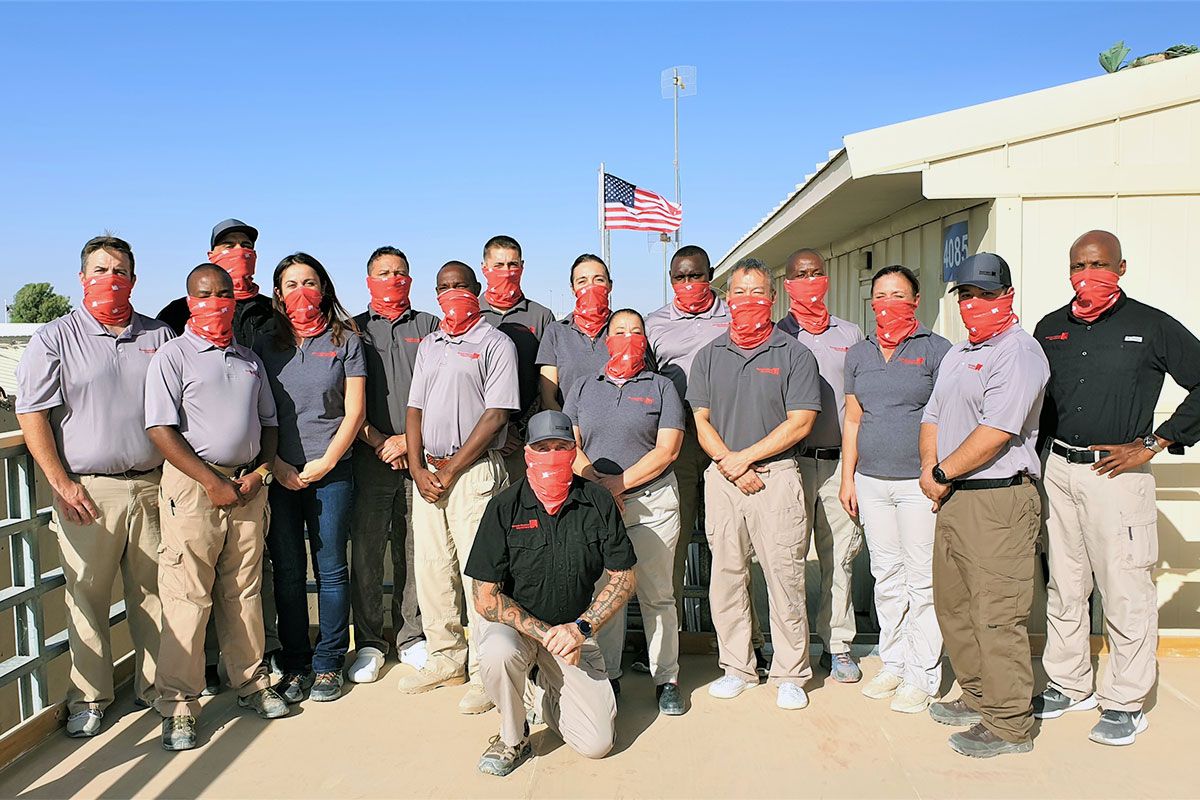Remember the 6 Ps. Proper planning prevents piss poor performance.
Once a cold chain shipment is in motion, there is not much you can do if something goes wrong. The best way to prevent a detrimental shipping mistake is to make sure you have everything laid out well ahead of time.
Start with the basics. What temperature range does the shipment need to stay within and how long can it be outside of that range? Many items are permitted temporary “excursions†from the stated temperature range. The packaging usually indicates if this is okay.
Once you know your temperature limits, plan the route the shipment will take including how long it will be in transit. This can be as simple as an overnight shipment that is only in transit for eighteen hours, but for many of our clients it is not that easy. A typical shipment to Africa stops at two to three airports on the way there and is also handled on the ground several times.
Remember, it’s called a cold chain for a reason, and your chain is only as strong as the weakest link. If the shipment makes it all the way to the destination just to sit on the dock for a few days in the sun, all your effort is wasted. Make sure you think about each step along the way:
Packing:
- What is the estimated number of days from origin facility to destination door delivery including customs clearance?
- Given days required, what kind of ice is best (e.g. dry ice, blue ice, specialty ice)?
- Is the cost of packaging acceptable? Remember that purchased containers will not be returned while rental containers must be returned.
- Does the airline have a cold chain service to the destination airport? If so, is an air container provided as part of perishable rate service? Does it need to be returned back to destination airport only and not to the origin airport?
En Route:
- Is there an ability to re-ice during transit?
- What is the honest assessment of whether freight will move as booked and what is the next flight if missed?
- Can the origin facility ice immediately prior to direct delivery to the airport before the cutoff time?
At the destination country:
- Is there an ability to re-ice prior to delivery? If not, can your shipment be delivered directly from the airport?
- Are there cold facilities available at the airline facility at the destination?
- How long will it take to clear customs?
Once you’ve mapped out the route, you need to check the temperatures that your shipment will be exposed to along the way. Most manufacturers of insulated shipping boxes can provide thermal qualification test results that show how long it can hold its contents at the correct temperature during various ambient temperature profiles. There is generally a test for summer and winter profiles so try to choose the one that is most applicable to your route.
Verify. Just because the shipment shows up to the destination at the correct temperature doesn’t mean that it was held at that temperature the whole time. There are two methods for verifying that the shipment stayed at the correct temperature.
The first option is to use a temperature strip. Each strip is designed to change color when it is exposed to temperatures outside its range. These work well for quick overnight shipments but are not the best for complex, long duration transits. The problem is that test strips are qualitative but not quantitative. If the shipment arrives and the color has changed, all that you know for sure is that your shipment went above the temperature range at some point. You don’t know how long it was above the range or whether it went below the range.
The better option is to use a digital temperature logger that will record the temperature inside the box at timed intervals. They cost less than $100 and are often re-usable.
As you can see, there are lots of factors to consider when you ship cold items. For more information about RMI’s cold chain capabilities, contact a relationship manager or give us a call. Until then, happy shipping.


